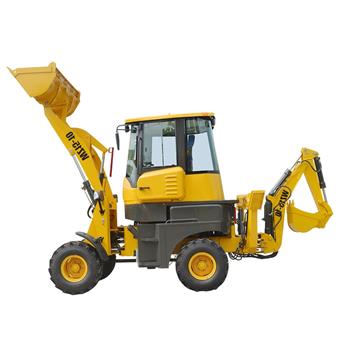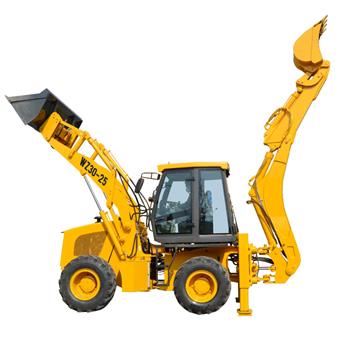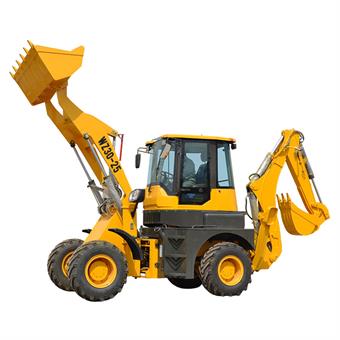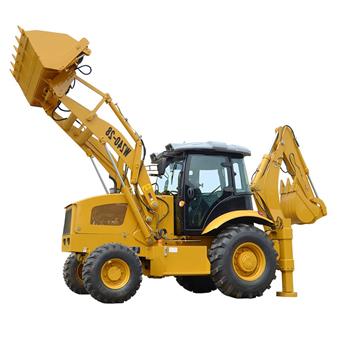
News
Backhoe loaders are one of the most versatile pieces of construction equipment, used in excavation, trenching, material handling, and demolition. Their ability to perform multiple tasks efficiently makes them a staple in various industries, including construction, agriculture, and mining.
Understanding the classification of backhoe loaders helps in selecting the right equipment for the job. This article enumerates the various types of backhoe loaders, their classification based on size, application, and power, and how they meet the needs of different industries.
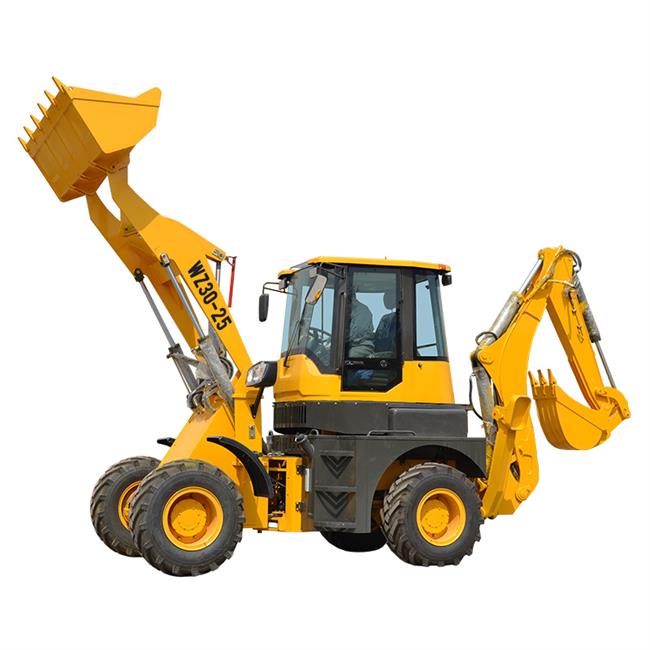
Backhoe loaders come in different sizes to meet specific project requirements.
Compact Backhoe Loaders:
Best for small construction sites, landscaping, and urban projects.
Lightweight and easy to maneuver.
Lower horsepower and digging depth.
Standard Backhoe Loaders:
The most commonly used type.
Ideal for general construction, utility work, and road maintenance.
Balanced power and size for versatile operations.
Large Backhoe Loaders:
Used in heavy-duty applications such as mining and large-scale construction.
Higher horsepower and digging capabilities.
Can handle large loads with enhanced efficiency.
Backhoe loaders can be classified based on their drive system.
Two-Wheel Drive (2WD) Backhoe Loaders:
Cost-effective and fuel-efficient.
Suitable for operations on even terrain.
Lower maintenance compared to 4WD models.
Four-Wheel Drive (4WD) Backhoe Loaders:
Ideal for rough terrain and muddy environments.
Offers better traction and control.
More expensive but provides enhanced operational efficiency.
Different backhoe loaders have varying power outputs depending on their intended use.
Low-Power Backhoe Loaders (Under 75 HP):
Best for light-duty tasks such as landscaping and small excavation work.
Fuel-efficient and easier to transport.
Medium-Power Backhoe Loaders (75 - 100 HP):
Commonly used in urban construction and utility projects.
Offers a balance between power and maneuverability.
High-Power Backhoe Loaders (Above 100 HP):
Designed for heavy-duty applications like mining and infrastructure development.
High efficiency in large-scale excavation and material handling.
The versatility of a backhoe loader is enhanced by its attachments.
Standard Backhoe Loader:
Comes with a digging bucket and front loader.
Ideal for general excavation and material handling.
Extended-Reach Backhoe Loader:
Features a longer boom for deeper digging.
Used in deep trenching and specialized excavation tasks.
Multi-Purpose Backhoe Loader:
Equipped with various attachments like hydraulic hammers, augers, and grapples.
Suitable for demolition, drilling, and lifting operations.
Versatility: Can perform multiple tasks, reducing the need for additional machinery.
Cost-Effective: Saves time and money by combining excavation and loading capabilities.
Maneuverability: Easy to operate in confined spaces compared to larger excavators.
Increased Productivity: Enhances efficiency in construction, farming, and industrial applications.
What is the main function of a backhoe loader?
A backhoe loader is primarily used for excavation, trenching, material handling, and loading materials into trucks.
What is the difference between a backhoe and an excavator?
A backhoe loader has a front loader and a rear backhoe, making it versatile, while an excavator is designed solely for digging with a rotating cab.
How do I choose the right backhoe loader for my project?
Consider factors such as project size, terrain, required power, and additional attachments to find the best-suited backhoe loader.
Are backhoe loaders fuel-efficient?
Yes, especially compact and mid-sized models. However, fuel efficiency varies based on engine power, workload, and terrain.
Backhoe loaders are classified based on size, drive system, power, and attachments, making them adaptable to various applications. Whether for small landscaping tasks or heavy-duty excavation, choosing the right type ensures efficiency and cost savings. By understanding the classification of backhoe loaders, businesses and operators can make informed decisions that enhance productivity and profitability.
